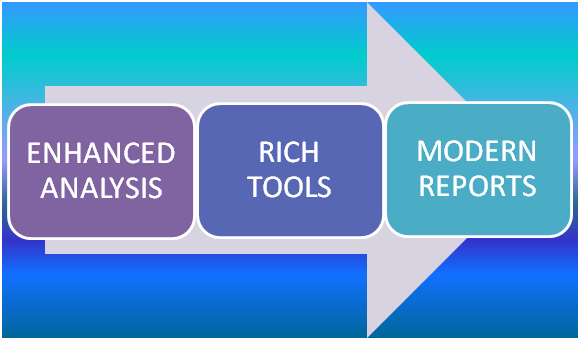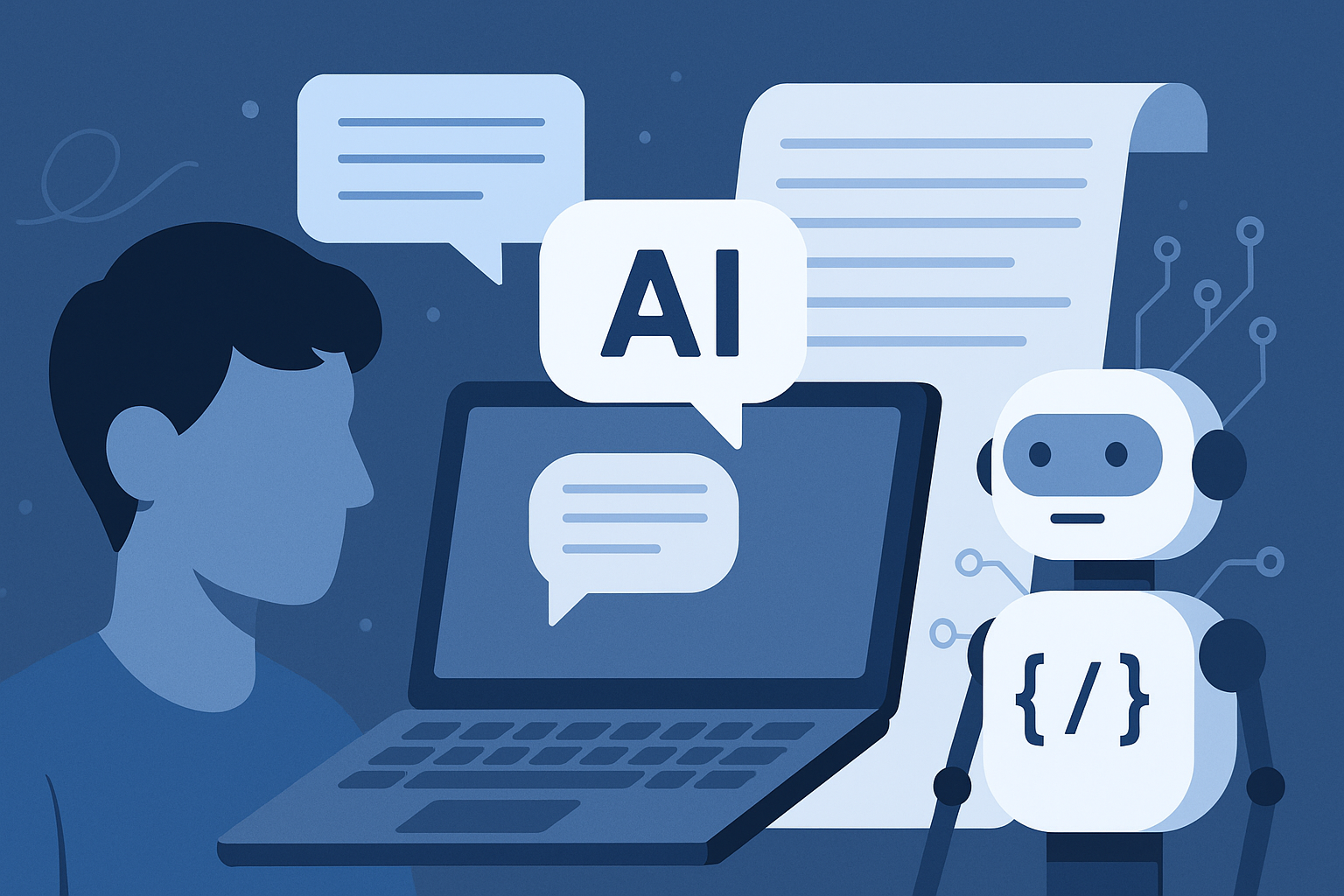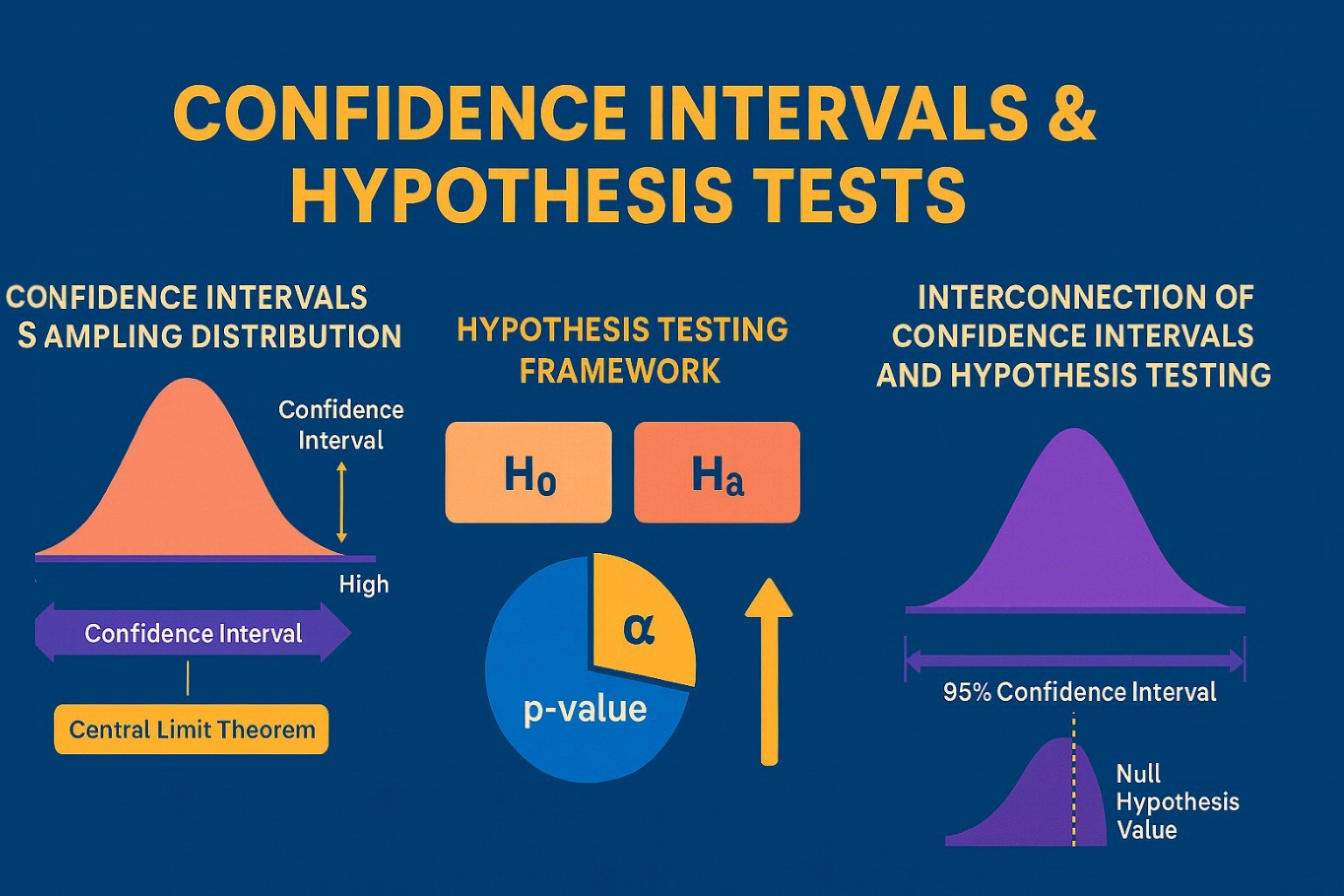MS SQL Server- An Extremely Easy Way to Store and Retrieve Data
Microsoft SQL Server is a software product of Microsoft Corporation. It is a relational database management system for which the primary functionality is to store or retrieve data as and when requested by associated software applications. The associated applications could run on the same computer or another computer across the network.
Microsoft offers at least 12 different versions of MS SQL Server. It offer services to different workloads and different set of audiences be it a single-machine application or internet-facing application.
Architecture
All the operations that are invoked on SQL server are communicated through Tabular Data Stream (TDS). TDS is an application layer protocol, which transfers the data to/from a database server and client machines.
Data Storage
Data storage is a database which consists of collection of data tables. A database may also contain other objects apart from tables like stored procedures, views, transaction logs, indexes and constraints. MS SQL supports many datatypes such as Integer, Float, Char, Decimal, Varchar, binary, text and others. It allows supports user-defined composite types.
Buffer Management
MS SQL server buffers the pages in RAM which helps to minimize the disc input/output. It has the capacity to buffer in-memory any page with 8KB size and the set of pages that are buffered at any given point of time is called the buffer cache. The number of pages that can be cached will be decided by the amount of memory available to SQL server. Buffer Manager Function manages the Buffer cache.
Concurrency and Locking
SQL database server has the capability to serve multiple clients concurrently. To ensure the data integrity, it provides two types of concurrency control: Pessimistic concurrency and Optimistic concurrency. When the pessimistic concurrency is in use, the server controls the concurrent access. This control mechanism is carried out by locks which are either shared locks or exclusive locks. As the name indicates, exclusive lock grants exclusive user access to the data. When the exclusive lock is on, no one else can access the same data until the lock is held. Shared locks are used when multiple users are reading the same data. These locks can be applied at different levels like entire table, pages, or even per- row basis. SQL Server provides lightweight mutual exclusion solutions- latches and spinlocks.
SQL Server also accommodates optimistic concurrency control mechanism which facilitates creation of a new row whenever a row is updated without overwriting the existing row.
Data Retrieval and Programmability
Querying is the main mode to retrieve data from SQL Server database. The query specifies what needs to be retrieved declaratively from the database. Query processor carries this operation by identifying the sequence of steps needed to fulfil the required query request. These sequence of steps are names as query plan. SQL Server logic calculates the quickest possible method to fulfil the request and chooses the plan which takes less amount of time to finish the task. This logical functionality is called ‘Query Optimization’ which is done by the query processor.

Services
SQL Server provides numerous add-on services which is a value add along with the core relational database management system. They have their own API to control and interact. Services run as SQL Server Components or as Windows services.
- Service Broker
- Replication Services
- Transaction Replication
- Merge Replication
- Snapshot Replication
SQL Server also provides the following services: Analysis Services, Reporting Services, Notification Services, Integration Services and Full-text Search Services.
Microsoft Visual Studio
This provides support for data programming which comes along with MS SQL Server. Visual Studio is used to write and debug the code and the code will be executed by SQL CLR. Data Designer helps to graphically depict, create, view or even edit the database schemas. Visual Studio also allows to create queries either visually or through code.
SQL Server Management Studio
This is a Graphic User Interface (GUI) tool that comes with versions above SQL Server 2005. It is used to configure, manage and administer all the components within SQL Server.
Find a course provider to learn MS SQL Server
Java training | J2EE training | J2EE Jboss training | Apache JMeter trainingTake the next step towards your professional goals in MS SQL Server
Don't hesitate to talk with our course advisor right now
Receive a call
Contact NowMake a call
+1-732-338-7323Take our FREE Skill Assessment Test to discover your strengths and earn a certificate upon completion.
Enroll for the next batch
Microsoft SQL Server Management Studio Training and Certification
- Dec 10 2025
- Online
Microsoft SQL Server Management Studio Training and Certification
- Dec 11 2025
- Online
Microsoft SQL Server Management Studio Training and Certification
- Dec 12 2025
- Online
Related blogs on MS SQL Server to learn more

Secrets behind Microsoft’s move to make MS SQL an open-source resource – Decoded!
After conquering the world of proprietary software market for years, Microsoft steps down from its predominant proprietary ways slowly and steadily.

What Qualities Should Be Present In An SQL Server Expert?
As a lot of firms have downsized their IT teams in the last few years, a number of database administrators (DBAs) seem to have ended up with the responsibility for huge numbers of MS SQL Server databases. Listed below are proven ways using which a SQ

MS SQL Server 2016 – A Quick Glimpse
SQL Server 2016 is Microsoft’s biggest leap in its history of data platform, bringing in a plethora of new features like rich and immersive visualization on mobile devices, real-time operational analytics, advanced security technology, hybrid cloud s
Latest blogs on technology to explore

From Student to AI Pro: What Does Prompt Engineering Entail and How Do You Start?
Explore the growing field of prompt engineering, a vital skill for AI enthusiasts. Learn how to craft optimized prompts for tools like ChatGPT and Gemini, and discover the career opportunities and skills needed to succeed in this fast-evolving indust

How Security Classification Guides Strengthen Data Protection in Modern Cybersecurity
A Security Classification Guide (SCG) defines data protection standards, ensuring sensitive information is handled securely across all levels. By outlining confidentiality, access controls, and declassification procedures, SCGs strengthen cybersecuri

Artificial Intelligence – A Growing Field of Study for Modern Learners
Artificial Intelligence is becoming a top study choice due to high job demand and future scope. This blog explains key subjects, career opportunities, and a simple AI study roadmap to help beginners start learning and build a strong career in the AI

Java in 2026: Why This ‘Old’ Language Is Still Your Golden Ticket to a Tech Career (And Where to Learn It!
Think Java is old news? Think again! 90% of Fortune 500 companies (yes, including Google, Amazon, and Netflix) run on Java (Oracle, 2025). From Android apps to banking systems, Java is the backbone of tech—and Sulekha IT Services is your fast track t

From Student to AI Pro: What Does Prompt Engineering Entail and How Do You Start?
Learn what prompt engineering is, why it matters, and how students and professionals can start mastering AI tools like ChatGPT, Gemini, and Copilot.

Cyber Security in 2025: The Golden Ticket to a Future-Proof Career
Cyber security jobs are growing 35% faster than any other tech field (U.S. Bureau of Labor Statistics, 2024)—and the average salary is $100,000+ per year! In a world where data breaches cost businesses $4.45 million on average (IBM, 2024), cyber secu

SAP SD in 2025: Your Ticket to a High-Flying IT Career
In the fast-paced world of IT and enterprise software, SAP SD (Sales and Distribution) is the secret sauce that keeps businesses running smoothly. Whether it’s managing customer orders, pricing, shipping, or billing, SAP SD is the backbone of sales o

SAP FICO in 2025: Salary, Jobs & How to Get Certified
AP FICO professionals earn $90,000–$130,000/year in the USA and Canada—and demand is skyrocketing! If you’re eyeing a future-proof IT career, SAP FICO (Financial Accounting & Controlling) is your golden ticket. But where do you start? Sulekha IT Serv

Train Like an AI Engineer: The Smartest Career Move You’ll Make This Year!
Why AI Engineering Is the Hottest Skillset Right Now From self-driving cars to chatbots that sound eerily human, Artificial Intelligence is no longer science fiction — it’s the backbone of modern tech. And guess what? Companies across the USA and Can

Confidence Intervals & Hypothesis Tests: The Data Science Path to Generalization
Learn how confidence intervals and hypothesis tests turn sample data into reliable population insights in data science. Understand CLT, p-values, and significance to generalize results, quantify uncertainty, and make evidence-based decisions.